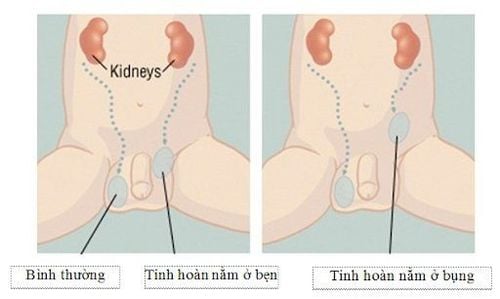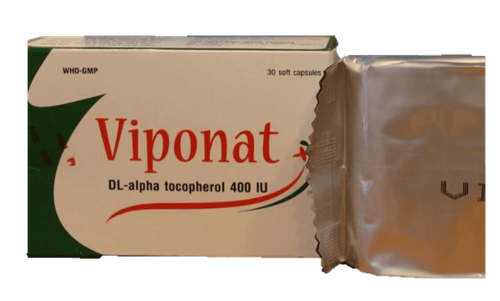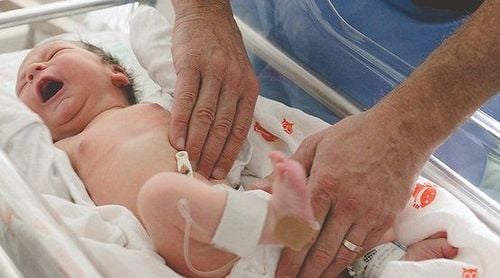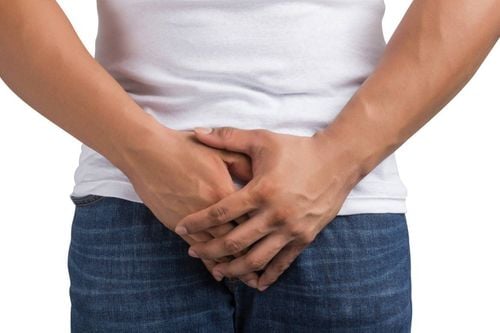This is an automatically translated article.
The article was professionally consulted with Master, Doctor Le Phuc Lien - Urologist - Department of General Surgery - Vinmec Central Park International General Hospital.An undescended testicle is a congenital abnormality of the genitourinary system occurring in 3-4% of full-term infants and 21% of preterm infants. If the disease is not detected and treated early, it can lead to loss of testicle function, even causing testicular cancer later on.
1. Hidden testicles
An undescended testicle is the absence of one or both testicles in the scrotum. This is the most common birth defect of the male genital tract. This disease is different from mono-testicular syndrome. However, undescended testicles are usually unilateral, with about 10% of cases bilateral.Undescended testicles are associated with decreased fertility, increased risk of testicular germ cell tumors and psychological problems. Testicles that do not descend into the scrotum are also prone to testicular torsion (causing infarction) and inguinal hernias. Without the surgical intervention to lower the testicles, there can be major effects on health as well as fertility later in life.
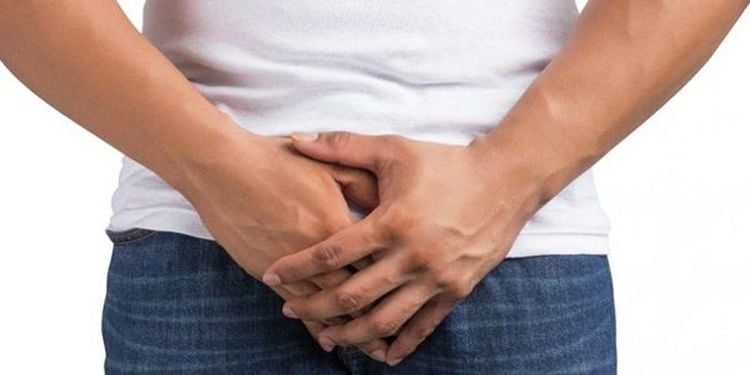
Tinh hoàn ẩn ảnh hưởng lớn đến sức khỏe và khả năng sinh sản của người bệnh
2. Complications of undescended testicles
If the complete testicle is not lowered into the scrotum, the prolonged high temperature of the testicle will affect the spermatogenesis process, causing a decrease in sperm count and/or sperm quality.Testicular cancer is a complication of undescended testicles.
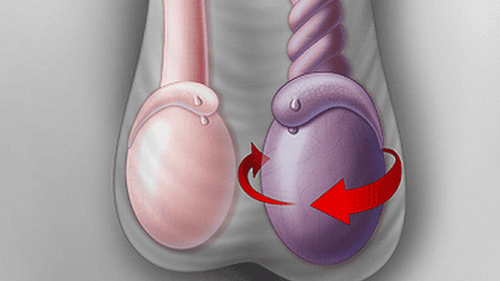
Tinh hoàn ẩn có thể gây ra biến chứng xoắn tinh hoàn
3. Diagnosis of undescended testicles
To diagnose an undescended testicle, the doctor usually places the baby in a warm, relaxed place and opens the skin around the scrotum for easier examination. If the testicle cannot be seen, ultrasound can be used to locate it. In addition, a number of other tests can be used, including:MRI: The doctor will inject a contrast agent into the blood to help see the image more clearly if it is in the groin or in the abdomen. Investigative laparoscopic surgery: The doctor uses the entrance from the navel to explore the abdomen through laparoscopy. Exploratory laparotomy: In rare cases, the condition is complicated, the doctor will open surgery to directly examine the abdomen In case by all means of imaging, both testicles cannot be found , your doctor may recommend genetic testing to determine your baby's true sex. With any of these surgery on the testicles there is also a risk of damage to the vas deferens.
4. Treatment of undescended testicles
In about half of all babies born with undescended testicles. In some cases, the testicles will descend on their own within 6 months of giving birth. However, other cases do not subside on their own over time. These cases require intervention and treatment. Treatment of undescended testicle includes laparoscopic surgery or open surgery to lower the testicle into the scrotum.Undescended testicles are a common, and treatable condition. This is a condition in which one or both testicles are not located in the scrotum during fetal development. In some cases, the testicles can descend into the scrotum on their own within 6 months of giving birth. However, if the testicle does not descend on its own, a doctor's intervention with testicular reduction surgery is necessary to correct the condition. If not treated early, the child has a high risk of male infertility later in life along with other complications such as testicular cancer, testicular torsion, ...
Please dial HOTLINE for more information or register for an appointment HERE. Download MyVinmec app to make appointments faster and to manage your bookings easily.




